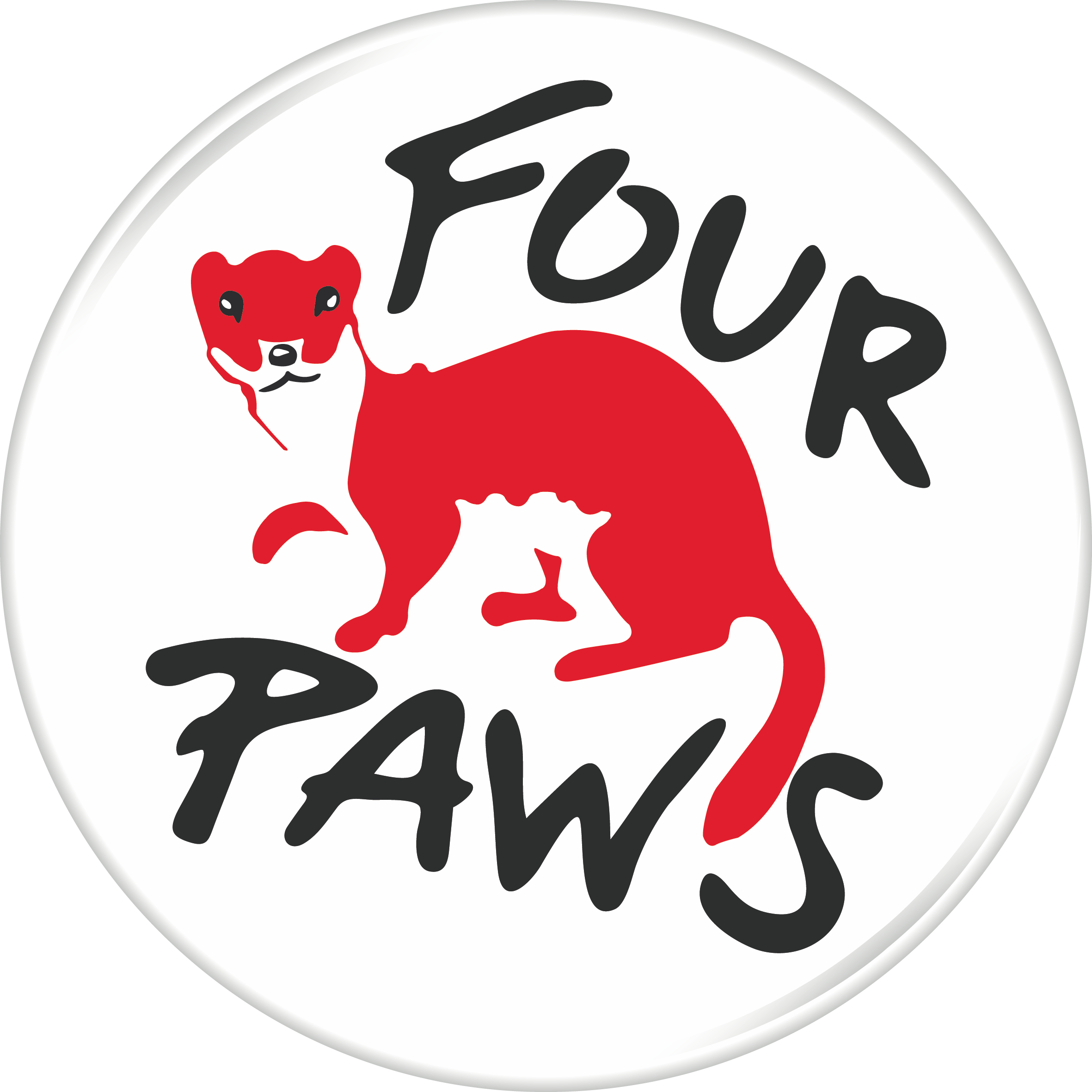Advances in Animal Sheltering
A special issue of Animals (ISSN 2076-2615). This special issue belongs to the section "Animal Welfare".
Deadline for manuscript submissions: closed (30 June 2023) | Viewed by 49559
Special Issue Editor
2. Australian Pet Welfare Foundation, Kenmore, QLD 4069, Australia
Special Issues, Collections and Topics in MDPI journals
Special Issue Information
Dear Colleagues,
I am delighted to announce a Special Issue of Animals entitled Advances in Animal Sheltering devoted to new research aimed at reducing the number of dogs and cats euthanized in shelters and municipal animal control facilities. This Issue is focused on improving our understanding of the causes of relinquishment or of pets being lost, and the strategies to reduce these. It also aims to identify strategies which increase live release and positively impact return to owner, adoptions, fostering, and the role of rescue groups.
Although in many countries there has been a significant reduction in the number of healthy and treatable animals euthanized in shelters and animal control facilities, unacceptable numbers are still being euthanized. Peer-reviewed studies which document effective strategies are vital to provide evidence for shelter managers, boards, government agencies, and other policy-makers to embrace change to save lives. Animal euthanasia also has significant impact on staff, and evidence of this negative impact, as well as the positive impact of introducing life-saving strategies, are important to convince management and authorities of the need to change.
To achieve zero euthanasia of healthy and treatable dogs and cats in shelters and municipal facilities, it is vital that research is fostered which improves our understanding of the factors which reduce pets being relinquished or lost, and effective strategies to save lives. Therefore, I invite researchers to submit original manuscripts which will advance our knowledge of ways to reduce intake and increase the live release of animals from shelters and municipal animal control facilities.
We are delighted to announce that Society for Prevention of Cruelty to Animals International (SPCAI) and FOUR PAWS are generously providing sponsorship for this Special Issue "Advances in Animal Sheltering", and therefore the publication fee payable by authors for accepted articles will be waived. If you are interested, please contact Gammy (gammy.yan@mdpi.com) to apply in advance.


Prof. Jacquie Rand
Guest Editor
Manuscript Submission Information
Manuscripts should be submitted online at www.mdpi.com by registering and logging in to this website. Once you are registered, click here to go to the submission form. Manuscripts can be submitted until the deadline. All submissions that pass pre-check are peer-reviewed. Accepted papers will be published continuously in the journal (as soon as accepted) and will be listed together on the special issue website. Research articles, review articles as well as short communications are invited. For planned papers, a title and short abstract (about 100 words) can be sent to the Editorial Office for announcement on this website.
Submitted manuscripts should not have been published previously, nor be under consideration for publication elsewhere (except conference proceedings papers). All manuscripts are thoroughly refereed through a single-blind peer-review process. A guide for authors and other relevant information for submission of manuscripts is available on the Instructions for Authors page. Animals is an international peer-reviewed open access semimonthly journal published by MDPI.
Please visit the Instructions for Authors page before submitting a manuscript. The Article Processing Charge (APC) for publication in this open access journal is 2400 CHF (Swiss Francs). Submitted papers should be well formatted and use good English. Authors may use MDPI's English editing service prior to publication or during author revisions.
Keywords
- shelter
- animal control
- euthanasia
- reclaim
- rehoming
- adoption
- live release
- dogs
- cats
- kittens
- puppies
- spay/neuter
- microchipping
- surrender
- lost
- relinquishment
- stray
- identification






